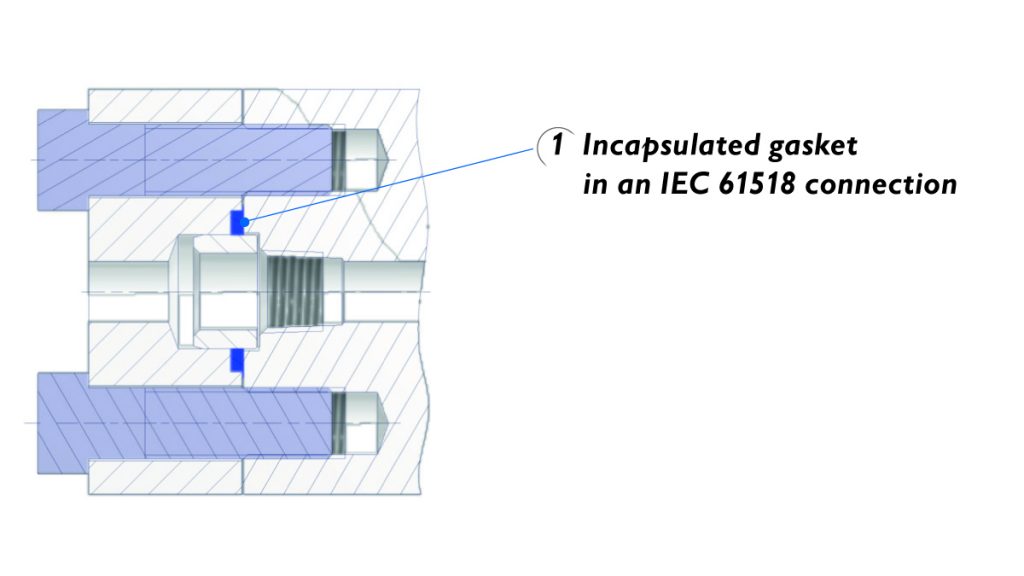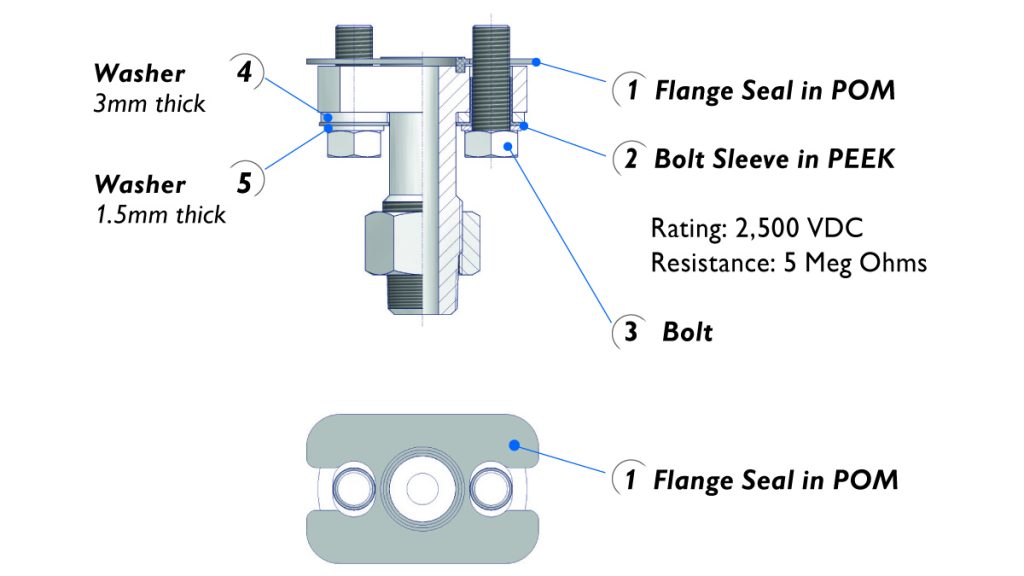How can cathodic protection prevent corrosion?
Pipe corrosion can be most damaging to industrial property. Corrosion problems have been increasing in frequency and severity over the past three decades, reducing the pipe system’s life expectancy down to only a few years. In the United States alone corrosion costs the industry more than a billion dollars a year.
What is pipeline corrosion?
Pipeline corrosion is a natural deterioration and destruction of pipe material and essential properties due to electrochemical and other ingredient reactions of pipeline materials with their environment – on the inside as well as outside surfaces. Like any other naturally occurring hazard, a pipeline corrosion can result in a life threatening failure and expensive damage to the pipeline and related system.
Cathodic protection against corrosion
You can shield steel piping with cathodic protection to prevent corrosion. This technique reduces the corrosion of the metal surface. It does so by making the surface the cathode of an electrochemical cell. Beside the sacrificial cathodic protection, where buried anodes act as an anode, the impressed cathodic protection system is also common. This cathodic protection system works by applying a small current to the pipeline. Technicians usually measure the current in milliamps per kilometer. They apply the current to the pipelines via units known as transformer-rectifiers, which convert AC electricity into DC. The plant uses this electricity to lower the ‘energy’ of the pipeline.
Some piping is corrosion protected with the impressed cathodic protection and need a non-conductive barrier between the process piping and the instrument. The barrier protects it from the effects of electrical current. This measure, in turn, protects expensive electronics.
Dielectric isolation kit protects the instrument
As a non-conductive barrier I can recommend to use a dielectric isolation kit. This kit is for installation on the inlet flange connection of the manifold, between the stabilized connector and the manifold.
Dielectric isolation kits are designed to maintain the integrity and reliability of the pipeline and piping system through safety and corrosion protection. Dielectric isolation kits provide an effective seal and electrical isolation of flanges. By eliminating metal to metal contact, static current is halted to prevent electronic harms on the instrument.
What exactly hides behind the standard IEC 61518?
The standard IEC 61518 is the common transmitter interface which is provided by the pressure transmitter manufacturers. The standard IEC 61518 describes the standard transmitter interface. It encapsulates the gasket and tightens the bolts against metal parts. As a result, it meets the pressure and temperature requirements mentioned earlier. However, both the flange face contact and the bolts conduct current.

Challenge getting dielectric isolation kit reliable
If I look back a few years, when we were developing the dielectric isolation kit there was a big challenge: How to get a reliable, leak-tight connection for 6000 psi (414 bar), although the connection has to be without an encapsulated gasket and the bolting also should be tightened against a non-conductive soft plastic material.
Requirements for dielectric isolation kit
To be honest, at the beginning, this development did not look like a big challenge. However, in the end, we had to make many tests to have a safe and reliable product.
But why? The task seemed to be quite easy but as so often the devil is in the detail. In our case, in the requirement features:
- pressure of 6.000 psi (414 bar)
- Rating: 2,500 VDC / Resistance: 5 Meg Ohms
- temperature: 176°F (80°C)
The developing process
For a leak-tight sealing system up to 6000 psi (414 bar) we had to tighten the bolts with a defined torque and the plastic must absorb the forces resulting from this torque. Additionally the sleeves become very soft when heated to a temperature of 176 °F (80 °C) and tend to creep. This creeping causes the bolt tension and thus the compression of the seal ring to decrease. At this point, leakage can occur.
To achieve our goal, we conducted detailed investigations of the gasket geometry and did extensive testing of the composition of different plastic materials. We even tested different contents of glass fiber for our reinforced plastics. The below picture shows the AS-Schneider dielectric isolation kit used in many installations.

The challenge is one of the reasons why developing products is so much fun and is always exciting for me.
Markus Häffner
Part of the direct mount system
The dielectric isolation kit is an important part of the AS-Schneider Direct Mount System. The Direct Mount Systems are designed for a safe, efficient method of close coupling Electronic Flow Measurement devices to an orifice fitting, eliminating or reducing the effects of Gauge Line Error.
Pulsation creates Gauge Line Errors
Some time ago, Pipeline Gas Compressor Research Council and Southwest Research ran a study. They looked at pulsation created by regulators and flow control valves. They also researched compressors and some piping configurations. They found that pulsation may create undesirable levels of Square Root Error. It also creates Gauge Line Error. Pulsation at the orifice meter is a significant source of lost and unaccounted for natural gas. These errors cause substantial economic gains or losses. They affect both the buyer and seller in a natural gas pipeline system.
The research concluded that transmitters or electronic flow measurement devices should use equal length, large orifice constant diameter gauge lines. They should also use multi-turn valves to protect electronics from pressure spikes. These should be close coupled to the orifice taps. The SDMS system minimizes or eliminates Gauge Line Error. It is easy to install and is available in both vertical and horizontal to vertical configurations.
Leak free measurement installation
We, at AS-Schneider has developed some years ago the so-called Schneider DirectMount System – shortly SDMS. By using the SDMS you reduce significant the installation costs. There’s no need to manufacture and install tube runs, fittings, and expensive pipe stands, and SDMS reduce potential leak points associated with NPT connection. Schneider DirectMount Systems also provide a safe, compact, leak-free measurement installation. The internal porting promotes self-draining of condensates and liquids to reduce freezing issues. The IEC 61518 system meets the recommendations of the American Petroleum Institute. The Gas Processors Association and the American Gas Association have also approved it.
(Image source: © gui yong nian / Fotolia & AS-Schneider)
